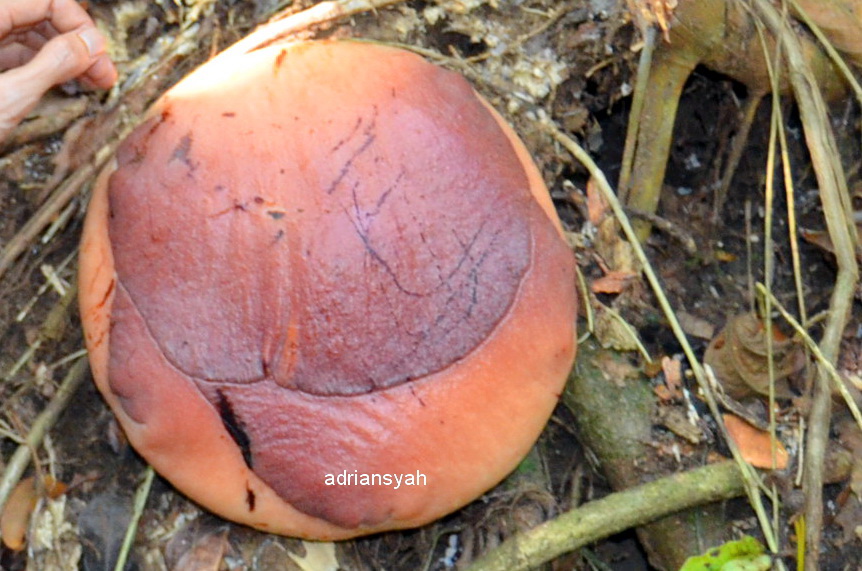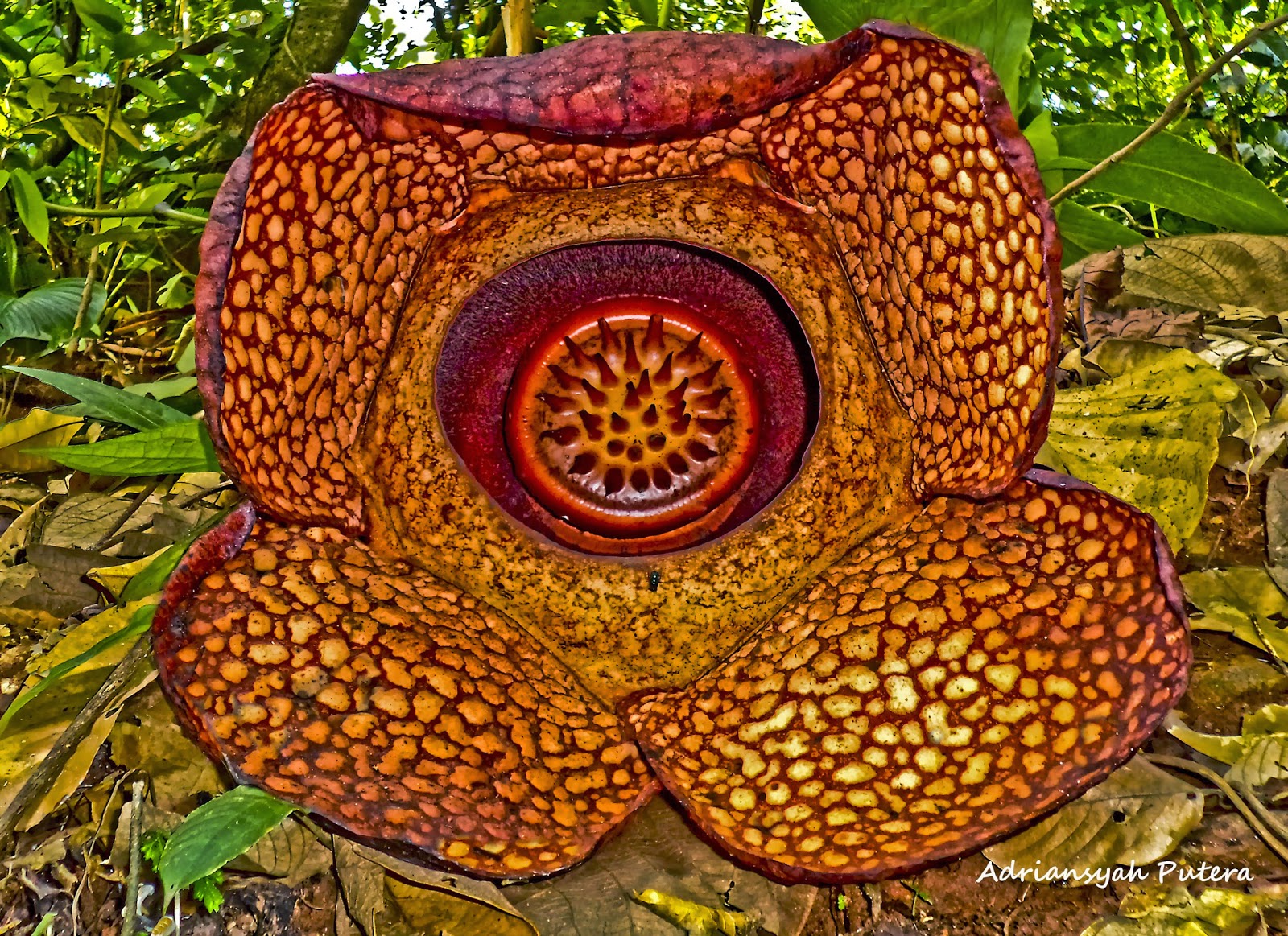 |
| Fort Marlborough main gate at sunset |
Last updated: July 23rd, 2023
When visiting Bengkulu for a vacation or business there are many attractions to visit from its good beaches to nearby interesting historical sites. On the edge of the old port, the impressive fort Marlborough is a wonderful introduction for visitors to the city.
Set on a hill overlooking the Indian Ocean fort Marlborough is an interesting place to visit. This impressive star-shaped fort stands as a reminder of the British occupation. Dating from 1714 and approached through massive walls, it is an impressive and well-maintained piece of history, reputedly the strongest fort constructed by the British in the east after George Fort in Madras (city in southeastern India). The fort is a flat structure composed of 4 triangular shaped bastions designed to cover each other, and is surrounded by a dry moat. The main entrance to the fort is protected by a ravelin (a triangular fortification located in front of a fortress or a castle).
Besides the old British gravestones at the ravelin which make poignant reading, the fort also houses a few interesting old engravings, old pictures, and copies of official correspondence from the time of British rule in Bengkulu (1714-1824). Inside the fort, you can see some 18th century antique Dutch VOC cannons, a tunnel connected to the outside and also a cell where the Dutch incarcerated Soekarno (later became Indonesia's first president) during his internal exile of 1939–1942.
Besides the old British gravestones at the ravelin which make poignant reading, the fort also houses a few interesting old engravings, old pictures, and copies of official correspondence from the time of British rule in Bengkulu (1714-1824). Inside the fort, you can see some 18th century antique Dutch VOC cannons, a tunnel connected to the outside and also a cell where the Dutch incarcerated Soekarno (later became Indonesia's first president) during his internal exile of 1939–1942.
The fort is open daily from 8 a.m to 6 p.m, visitor admission is Rp. 5,000 (about US$ 0.33) for adults and Rp 3,000 (about US$ 0.20) for children (July 2023). It is easy to reach the fort, which is located on Jalan. A. Yani, to the left of Baru Koto market and opposite Tapak Paderi beach. From the hotel area of Panjang beach, visitors can take a yellow angkot (public city transport) that travels to Kampung route for Rp 4,000 per person, or it takes about a 30-minute walk to the fort.
A visit to Fort Marlborough allows visitors to enjoy other enchanting tourist spots in the vicinity, such as the Tapak Paderi beach, the Thomas Parr monument, and the old building of Chinatown, and the British resident's building which is now used as the residence of the Bengkulu governor. The fort is now considered as a major historical attraction to draw tourists to Bengkulu. Note: some parts of the fort can affect the level of accessibility of those with disabilities.
The History of Fort Marlborough
Early History (1685 – 1714)
The growing market for spices in Europe led East India Company (EIC) to expand its activities in the east and as a result a trading post “The Honourable East India Company’s Garrison on the West Coast of Sumatra” was established at Bencoolen (currently Bengkulu) in 1685 for the acquisition of pepper. In the same year, the company built a small fort called Fort York and also provided a small military force to protect the company's property and civil servants. Due to mortality at the fort itself was very high from diseases like cholera, malaria and dysentery, and the fort condition getting worse, on February 27th 1712, Joseph Collet who served as the Governor of British Bencoolen from 1712 to 1717, and also served as the chief of the Honourable East India Company’s Garrison on the West Coast of Sumatra, wrote a letter to the Board of Directors of EIC in London to obtain a permit to build a new fort and to relocate the trading post. He was permitted to build a new fort in 1714, and in the same year Fort York was abandoned. After the abandonment of Fort York, the fort fell into ruin and could not survive into the present day.
The Construction of Fort Marlborough (1714 -1719)
 |
| One of well preserved cannons of the Dutch VOC at the fort |
The construction on the star-shaped fort with a triangular-shaped bastion on each corner began in 1714 using convict, local and Indian labor. The work in April 1715 consisted primarily of beginning construction on the defensive walls with earth ramparts and thick bricks, a dry ditch, and with gun platforms on the bastions. The fort was a flat structure composed of four triangular shaped bastions designed to cover each other, which two of them overlooked the Indian Ocean to the west, providing cover for the landing area outside the fort. Fort Marlborough which also known as the Bencoolen garrison was largely complete by 1719 and then became the seat of the British power and influence in parts of the west coast of Sumatra until 1824.
The Attacks on Fort Marlborough
In 1719, Fort Marlborough was abandoned by the British inhabitants due to the numerous conflicts with local inhabitants at the outstations and an attack on the fort, the conflicts also forced the British inhabitants to flee to Madras – India. After brief abandonment, the British inhabitants returned to Bencoolen in 1724 after an agreement was held with the local rulers.
 |
| Left to right: The grave of Capt. Robert Hamilton, Governor General of British Bencoolen Thomas Parr, and Parr's secretary Charles Murray |
In 1760, during the Seven Years' War, a French expeditionary force under the command of Charles Hector, comte d'Estaing captured the fort and used it as a base to attack and subdue other British settlements on the west coast of Sumatra. Before returning to the Mascarenes he ransomed the fort back to the British. A direct attack by the local inhabitants on the fort took place again in 1793, but the British defenders were able to repel the attack.
As a consequence of the Anglo-Dutch Treaty of London, March 17th 1824, the British settlements on the west coast of Sumatra were handled over to the Dutch which brought about the withdrawal of the East India Company's troops from Fort Marlborough and Bencoolen for good in 1825. The transfer of Bencoolen (currently Bengkulu) to the Dutch control under the Anglo-Dutch Treaty marked the end of 140 years of British power in Bengkulu.
Fort Marlborough after the British Withdrawal from Sumatra
After the East India Company's troops left, the Dutch started to take control of Fort Marlborough in 1825. The Dutch garrisoned the fort with 60 troops in 1837. The Dutch continued to occupy the fort until 1942. After the fall of Sumatra to the Japanese, the fort was then occupied the Japanese army from 1942 to 1945. The following of the Japanese surrendered in 1945 the fort was again briefly occupied by the Dutch, and then the Indonesian army and police force unit used the fort until in the late 1970s. The fort was restored in the late 1980s and later opened for public. Now, the fort serves as a tourist attraction, museum, and research center.
Glossary
Bastion is a projecting part of a fortification built at an angle to the line of a wall, so as to allow defensive fire in several directions.
The East India Company (EIC), also known as the Honourable East India Company (HEIC) or the British East India Company was an English and later British joint-stock company, which was formed on December 31st 1600 to pursue trade with the "East Indies" (or Maritime Southeast Asia in present-day terms) but ended up trading mainly with the Indian subcontinent and Qing China.
Ravelin is a triangular fortification or detached outwork, located in front of the innerworks of a fortress (the curtain walls and bastions). Originally called a demi-lune, after the lunette, the ravelin is placed outside a castle and opposite a fortification curtain.
Britannica Concise Encyclopedia
http://en.wikipedia.org/wiki/Fort_Marlborough
http://wftw.nl/bencoolen/bencoolen.html
Let’s help each other!
Let’s make this post available in various languages! Translating this post can help more readers in your language to understand this post. If you would like to translate this post into your language or if you need help to translate some of your posts into Indonesian, or if you want to use the photos from this blog, please send me an email to kurt_reyhans@yahoo.com
Related articles:
Looking Back to the Past - the British Colonial Cemetery
Traces of British Colonial Presence on Bengkulu Soil
Bengkulu - A Small Relaxed City
| Set on a hill overlooking the Indian Ocean |
 |
| Dark clouds fill the sky over the fort Marlborough |
 |
| A Dutch VOC cannon made in 1838 on one of the bastions |
 |
| The gravestone of Deputy Governor Richard Watts Esg. (died on Dec 17th 1705) located at the ravelin |
 |
| Fort Marlborough, a major historical attraction to draw tourists to Bengkulu. |
 |
| Arrow headed bastion of the Fort Marlborough |
 |
| Sunset view from the bastion step |
 |
| Fort Marlborough - Walking Through Time |




















